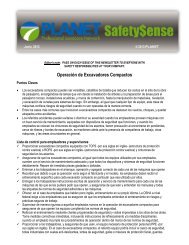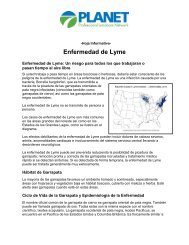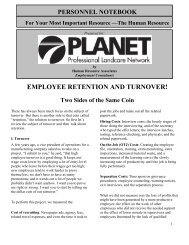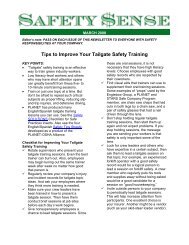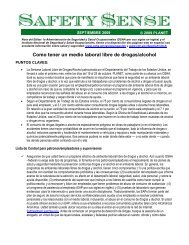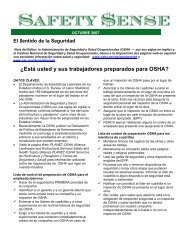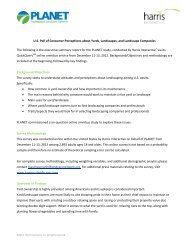Green Industry ECOnomics - LandcareNetwork.org
Green Industry ECOnomics - LandcareNetwork.org
Green Industry ECOnomics - LandcareNetwork.org
You also want an ePaper? Increase the reach of your titles
YUMPU automatically turns print PDFs into web optimized ePapers that Google loves.
natives are not attractive, or they possess characteristics, perhaps spines or<br />
poisonous leaves, that make them poor choices for landscapes.<br />
Nice selection of great plants<br />
Landscape professionals now have many excellent adapted, non-native species<br />
and varieties perfectly suitable for low-input landscapes. A good place to<br />
learn about these plants is a local or regional university with a strong horticul<br />
tural program or with an extension service. Look for plants that are not<br />
invasive, adapt to a range of growing conditions, require minimal care, are<br />
disease and insect-resistant, are not water hogs (think drip irrigation), and<br />
provide habitat for local wildlife, such as song birds and butterflies. When<br />
given the choice between traditional and compact varieties of bushes or<br />
shrubs, lean toward the compacts. They require less pruning. In selecting any<br />
landscape plants, pay special attention to their requirements; that is, their<br />
water needs, humidity, soil characteristics, and duration/intensity of sunlight.<br />
Thoughtful plant selection and proper site preparation can create a sustainable<br />
landscape that is a unique blend of well-adapted native and exotic<br />
species. With natives as well as non-native plants, remember the saying —<br />
right plant for the right place.<br />
Chapter Summary:<br />
1. There is a growing movement that calls for using native<br />
and regionally adapted plants in designed landscapes in an<br />
effort to reduce the use of inputs, such as potable water and<br />
chemicals.<br />
2. Many non-native species and varieties are perfectly suitable for<br />
low-input landscapes. Look for plants that are noninvasive,<br />
adapt to a range of growing conditions, require minimal care,<br />
are disease and insect-resistant, require little water and<br />
provide habitat for local wildlife.<br />
3. Excellent sources of information about using native and regionally<br />
adapted plants for low-maintenance, low-input landscapes<br />
are local universities and state extension specialists.<br />
4. As in any landscape design, regardless of the plant material<br />
considered, the same overriding principle applies — select the<br />
right plant for the right location.<br />
Case studies 67



